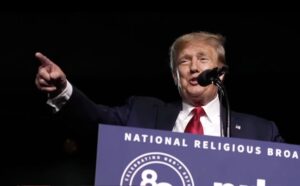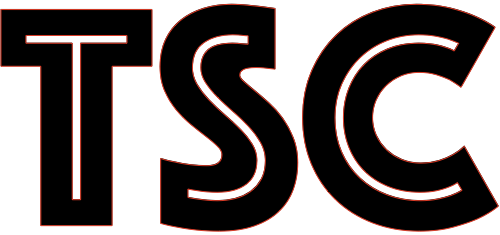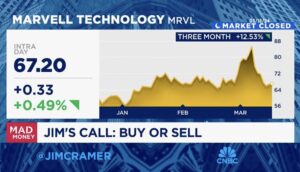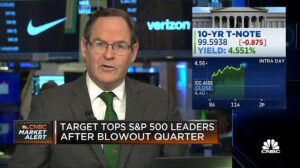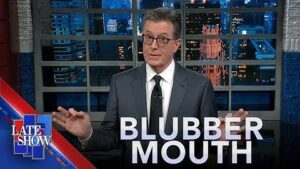
When you make purchases through our links we may earn a small commission.
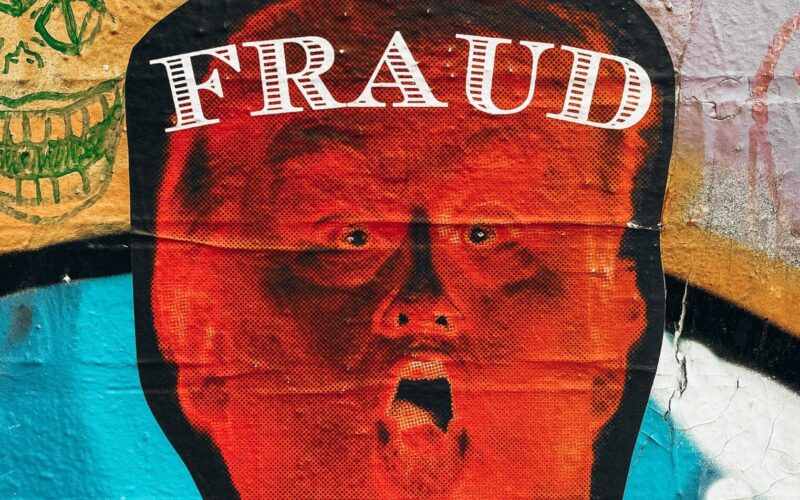
Photo Credit: unsplash.com
🇺🇸 Support us on Patreon for only $1.99 a month 🇺🇸
🍻 Join us on Facebook @TheSmokingChair 🍻
Donald J. Trump’s presidency, spanning from 2017 to 2021, was marked by controversy, polarization, and a slew of economic policies that continue to reverberate through the United States. While his supporters lauded his promises to “Make America Great Again,” critics argue that his administration’s economic decisions left a trail of disruption and damage. From trade wars to tax cuts, Trump’s economic legacy remains a topic of intense debate.
Content Continues Below
One of the most contentious aspects of Trump’s economic agenda was his approach to international trade. His administration initiated trade disputes with key allies and adversaries alike, imposing tariffs on goods from China, the European Union, and other trading partners. While Trump argued that these measures aimed to protect American industries and jobs, the reality was far more complex.
The trade wars led to retaliatory tariffs from affected countries, escalating tensions and disrupting global supply chains. American farmers and manufacturers bore the brunt of these actions, facing reduced exports and increased input costs. The uncertainty surrounding trade policies also discouraged investment and hindered economic growth.
Furthermore, Trump’s administration pursued a policy of economic nationalism, advocating for “America First” principles that prioritized domestic interests over multilateral cooperation. This isolationist stance not only strained diplomatic relations but also undermined efforts to address shared global challenges such as climate change and pandemics.
Another cornerstone of Trump’s economic agenda was the Tax Cuts and Jobs Act of 2017, which represented the most significant overhaul of the US tax code in decades. While proponents argued that the tax cuts would stimulate investment and spur economic growth, critics warned that the legislation disproportionately benefited the wealthy and added trillions to the national debt.
Despite promises of widespread prosperity, the benefits of the tax cuts primarily accrued to corporations and high-income individuals, exacerbating income inequality. Meanwhile, the surge in government borrowing put pressure on future budgets and constrained the government’s ability to respond to economic downturns.
Trump’s approach to deregulation also left a profound impact on the economy. His administration rolled back environmental protections, labor standards, and financial regulations enacted in the aftermath of the 2008 financial crisis. While proponents of deregulation argued that it would unleash economic dynamism and reduce compliance costs, detractors warned of heightened risks to public health, worker safety, and financial stability.
The repeal of key regulations, such as the Dodd-Frank Wall Street Reform and Consumer Protection Act, removed critical safeguards designed to prevent another financial meltdown. This shortsighted approach prioritized short-term gains over long-term stability, leaving the economy vulnerable to systemic risks and speculative excesses.
Moreover, Trump’s handling of the COVID-19 pandemic exacerbated the economic fallout from the public health crisis. His administration downplayed the severity of the virus, delayed decisive action, and undermined efforts to contain its spread. The absence of a coordinated federal response prolonged the pandemic’s economic impact, resulting in widespread job losses, business closures, and economic dislocation.
While Trump championed a rapid reopening of the economy to mitigate the damage, his approach ignored the recommendations of public health experts and exacerbated the crisis. The absence of adequate testing, contact tracing, and containment measures hindered efforts to control the virus’s spread, prolonging the economic pain and undermining consumer confidence.
The Last Word
In summary, Donald Trump’s presidency left a deeply polarized and economically fractured nation in its wake. While his supporters tout his administration’s accomplishments, including pre-pandemic job growth and stock market gains, the broader economic legacy is marred by trade wars, tax cuts for the wealthy, deregulation, and a botched response to the COVID-19 pandemic.
The true impact of Trump’s economic policies will be debated for years to come. However, one thing remains clear: the path to rebuilding and revitalizing the US economy will require a comprehensive and inclusive approach that addresses systemic challenges and prioritizes the well-being of all Americans.
- #TAGS: economic issues, economy, Fraud, news, politics, Trump, Trump Economy
SHARE
RECOMMENDED FOR YOU:
Financing Universal Basic Income: A Comprehensive Approach
You’ll get more articles like this – and our favorite promotional offers delivered straight to your inbox.
By submitting this form you agree to our terms and conditions. You can unsubscribe at any time.

GFYG: Fashion Nova Halloween Costume Haul 2023

Video: Scarlett Blahyj SHEIN TRY ON HAUL (HOLIDAY OUTFITS)


GFYG: FashionNova New Year 2024 Haul! ♡ | Raven Wood Try-On

The Cost-Effective Wisdom of Universal Basic Healthcare

Expanded overtime guarantees for millions

Video: Laborers’ Union releases new ad endorsing Biden
